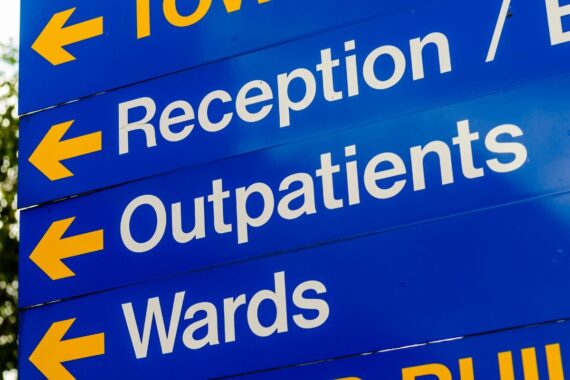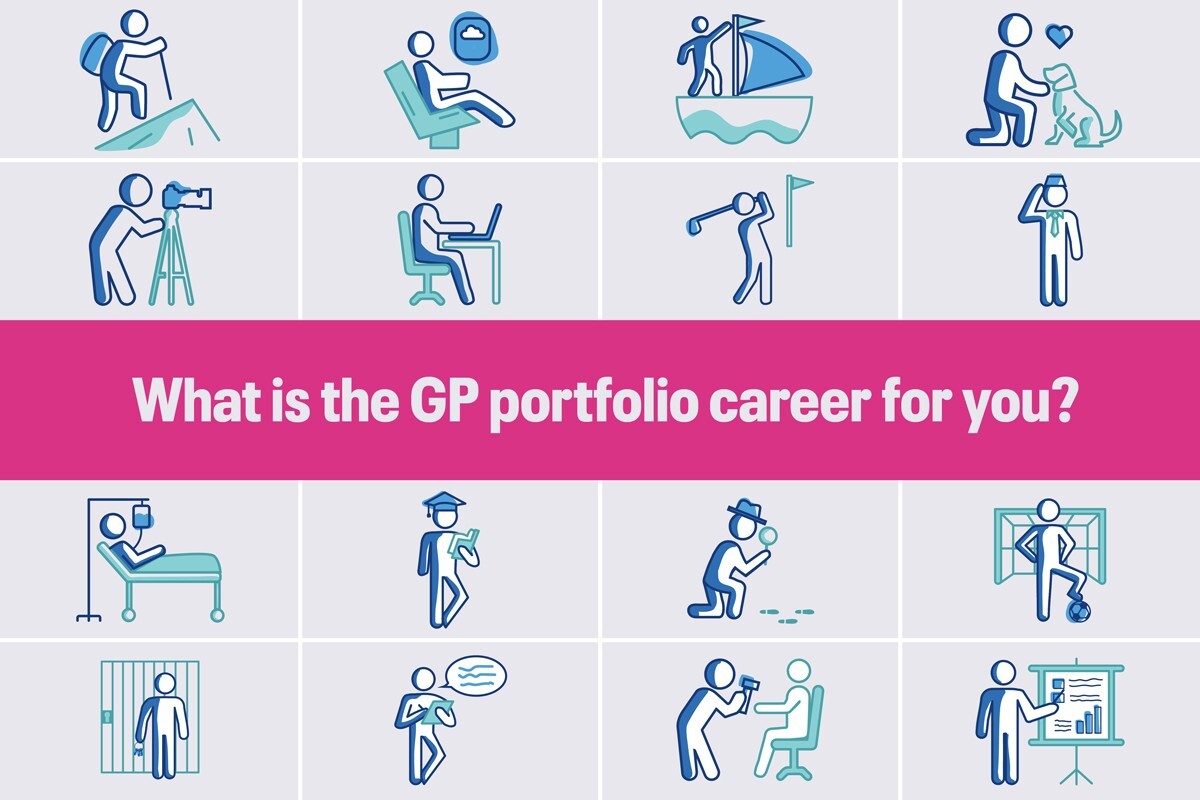Deprived and ethnic minority patients waiting longer for hospital appointments

The NHS has released waiting list data which highlights inequalities for those in the most deprived areas, while gynaecology has the largest number of patients waiting.
Length of time waiting for a procedure or appointment is longer in the most deprived areas where there are also more people on the list, the breakdown shows.
And patients from an Asian or Asian British background are more likely to be waiting longer than 18 weeks than any other group, the figures show.
The analysis will help hospitals address ‘unfair waits’ for working class and minority patients and develop more equitable services, NHS England said.
Overall 59% of people are seen within 18 weeks in the most deprived areas compared with 61% in the least deprived.
Patients over the age of 65 are also least likely to have been waiting over a year to be seen, the data showed.
More than half (56%) of the overall waiting list is made up of people of working age while a third aged 65 and over, and 11% aged 18 or under.
Women make up 57% of the waiting list and are more likely to be waiting over 18 and 52 weeks than men, the analysis showed.
The largest speciality with working-age patients waiting for care is gynaecology.
Stella Vig, NHS national clinical director for elective care, said: ‘Understanding patient demographics is vital if we are to identify and tackle the way different groups are treated which is why I am delighted we are publishing this data for the first time today, providing greater transparency of NHS services.
‘As well as allowing patients and the public to see the makeup of local lists, NHS teams will be able to analyse the latest data, understand where there is unwarranted variation in waiting times, and work with their communities to take action to reduce it.’
Health secretary Wes Streeting added: ‘Sunlight is the best disinfectant. Only by being upfront and shining a light on inequalities can we begin to tackle the problem. We will give all patients the care they need when they need it as part of our Plan for Change.’
Professor Habib Naqvi, chief executive of the NHS Race and Health Observatory, said welcomed the publication of the data. ‘Without robust, consistent data and transparency about what’s happening in the healthcare system, we will not be able to enable genuine equitable decision making in the NHS, nor tackle and eradicate ethnic and racial inequalities in health in a sustained and meaningful way.’
Siva Anandaciva, director of policy, partnerships and events at The King’s Fund, said health inequalities had plagued the NHS in England for decades.
‘While there is often a focus on the pressures an increasingly aging population can place on the NHS, patients over the age of 65 are the least likely to be waiting over a year to be seen.
‘And it will be deeply worrying for the government’s economic growth agenda that such a large share of people on hospital waiting lists, and those waiting over a year for care, are working-age adults (19-64-year-olds).
‘The government’s 10-Year Plan for Health does not say enough on how the government plans to reduce health inequalities – in fact, the last paragraph of the prevention chapter in the plan says that by the end of 10 years this plan will only have begun narrowing health inequalities.
‘This is simply not ambitious enough. It is crucial that we see further and faster ambition in the months that come to narrow these avoidable differences in experiences of the NHS.’
Portfolio careers
What is the right portfolio career for you?

Visit Pulse Reference for details on 140 symptoms, including easily searchable symptoms and categories, offering you a free platform to check symptoms and receive potential diagnoses during consultations.











